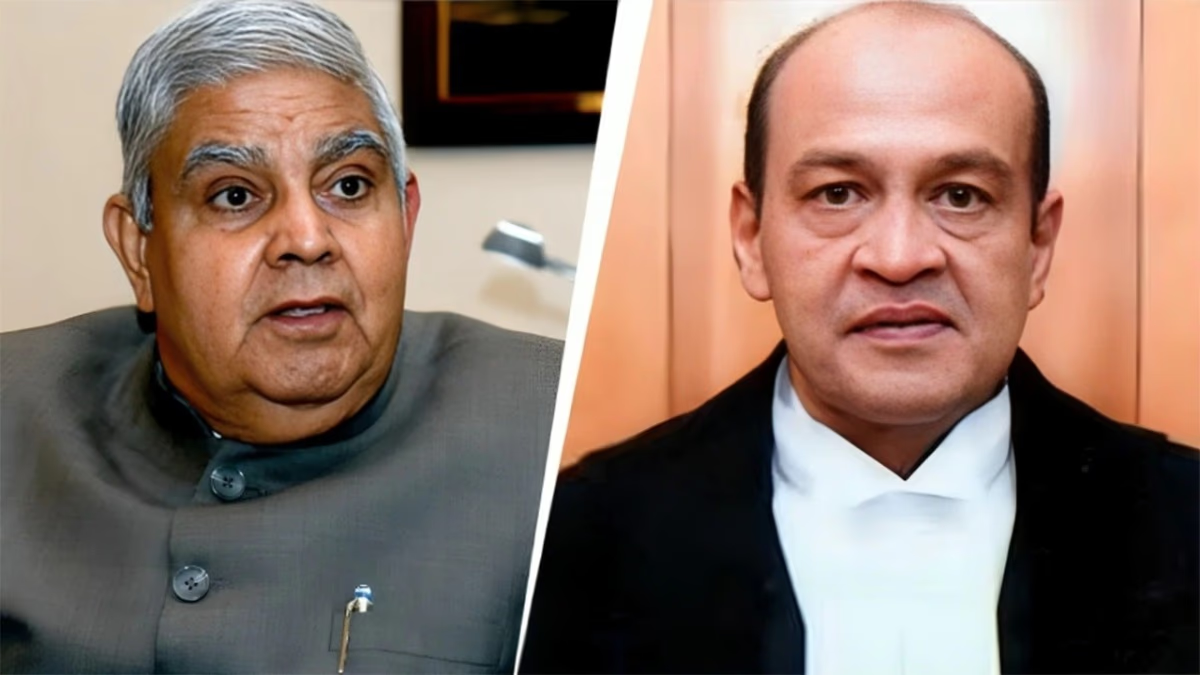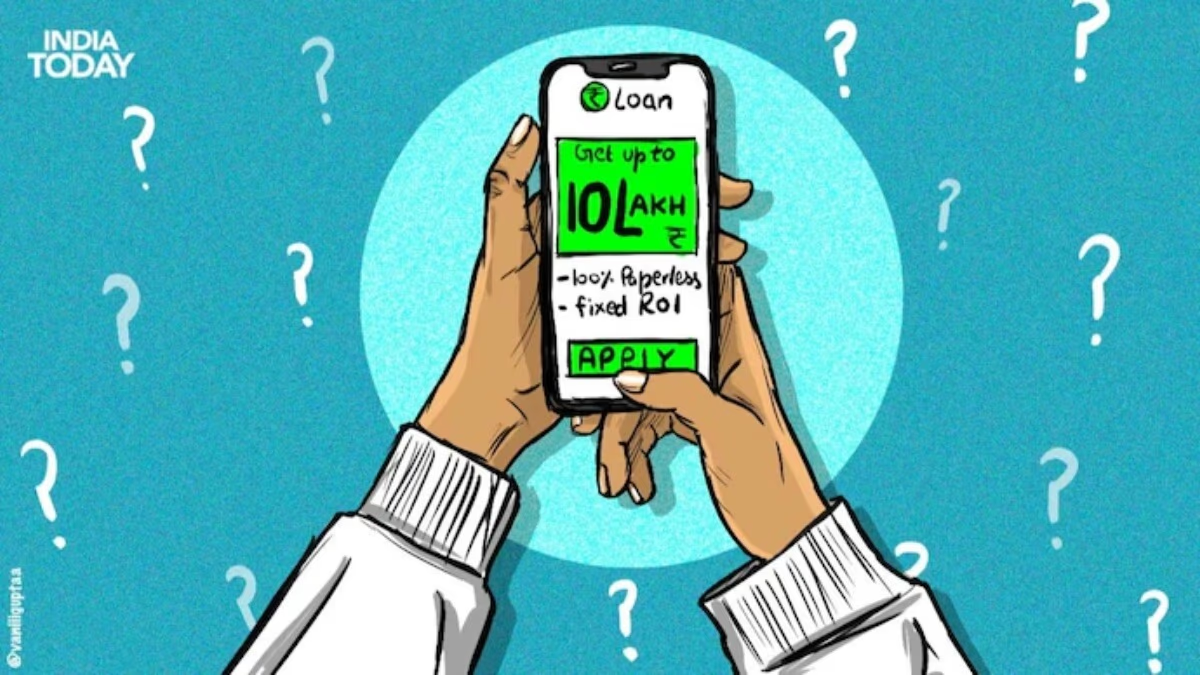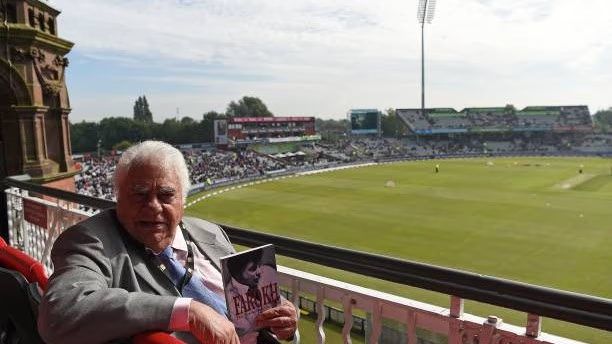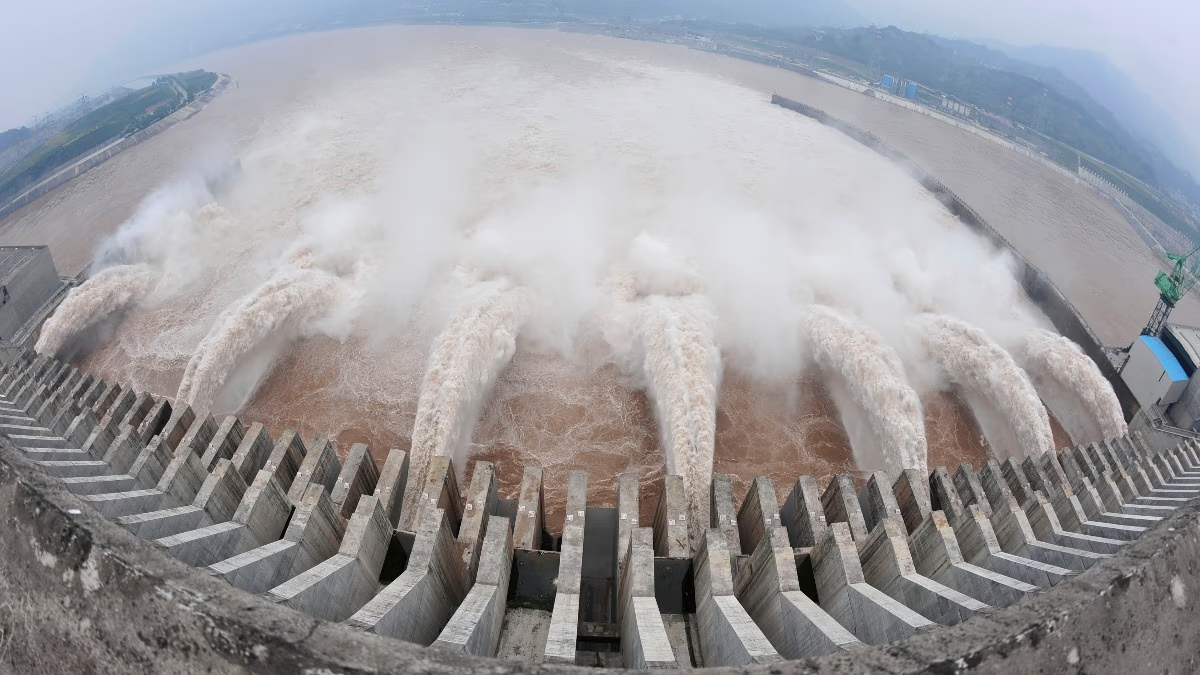The proceedings to remove Justice Yashwant Verma of the Allahabad High Court have gained momentum. Large sums of cash were discovered at his residence during his tenure at the Delhi High Court, raising substantial corruption allegations. However, Justice Verma is unwilling to resign. Consequently, a motion to remove Verma from his post was submitted in the Lok Sabha and Rajya Sabha on Monday.
On the first day of the monsoon session, the government brought the proposal against Justice Verma in the Lok Sabha. The impeachment motion was signed by 152 ruling party MPs. Meanwhile, in the Rajya Sabha, the opposition brought forward a proposal supported by 63 members.
Both the ruling and opposition parties are prepared for Justice Verma’s removal, but now the true battle is for credit. Jagdeep Dhankhar resigned as Vice President late Monday evening, but not before taking notice of the opposition’s proposal. With his resignation accepted, questions loom over the fate of the Rajya Sabha proposition.
Process of Removing a Judge?
The Constitution specifies a detailed process for removing a judge, with impeachment as an option. For impeachment, a motion requires signatures from 100 Lok Sabha or 50 Rajya Sabha members. After the signatures are collected, the proposal is submitted to the Speaker of the Lok Sabha or the Chairman of the Rajya Sabha. The impeachment proceedings occur in either the Lok Sabha or the Rajya Sabha.
In Verma’s case, the government brought the proposal in the Lok Sabha, while the opposition presented it in the Rajya Sabha. Lok Sabha Speaker Om Birla is backed by 152 members, including Rahul Gandhi and BJP leader Ravi Shankar Prasad, among others. In the Rajya Sabha, the proposal is supported by 63 members.
Impact of Dhankhar's Resignation
Following the impeachment proposal against Justice Verma, Jagdeep Dhankhar resigned from the Vice President position. On the session’s first day, he acknowledged the opposition’s proposal but set the decision for Tuesday before his resignation. The resignation has been accepted now, transferring the decision-making responsibility to Rajya Sabha Deputy Chairman Harivansh Narayan Singh.
After Dhankhar’s resignation, Deputy Chairman Harivansh Singh must decide on accepting the opposition’s proposal to remove Verma. The Constitution states that when a proposal is brought to both houses in one day, the chairs form a three-member committee.
Ball in Speaker’s and Chairman’s Court
Under the Judges Inquiry Act 1968, a different procedure is followed when both houses present a proposal simultaneously. If presented on different days, the first proposal becomes valid while the second becomes non-justiciable. And, if only one house presents, the presiding officer must consider and decide on it.
In the Verma case, proposals were submitted in both houses on the same day, with the government bringing it in the Lok Sabha and the opposition in the Rajya Sabha, although not accepted. A committee will only be formed if proposals are accepted in both, leading to a joint committee.
If Om Birla in the Lok Sabha and Harivansh Singh in the Rajya Sabha both accept their respective proposals, they will create a three-member committee together. The decision now lies with Birla and Singh. If the Deputy Chairman rejects the Rajya Sabha proposal but Birla accepts it, a three-member committee will still be established.
Formation of a Three-Member Committee
If both houses accept the proposal to remove Verma, a joint committee will form. Together, the Lok Sabha Speaker and the Rajya Sabha Deputy Chairman will establish a three-member inquiry committee, comprising a Supreme Court judge, a High Court Chief Justice, and a legal expert.
This committee will conduct a three-month investigation. If found baseless, the case ends, otherwise, the allegations are debated in Parliament. The accused judge is allowed to defend themselves. The resolution should adhere to decisions within the session it is presented.
If corruption is proven, a two-thirds majority is needed to pass the impeachment. In the Indian Parliament’s Lok Sabha, at least 362 of 543 members must approve. In the Rajya Sabha, at least 163 of 245 members’ approval is required.
Impeachment in the Nation: Six Instances
In India, the impeachment pathway has been chosen six times to remove judges, though none have been removed. Noteworthy cases include Justices Ramaswami, who survived the impeachment, and Soumitra Sen, who resigned to avoid impeachment disgrace at the '11th hour'.
In 1970, the impeachment proposal against Supreme Court Justice J.C. Shah by around 200 MPs was not accepted by Lok Sabha Speaker G.S. Dhillon. It remains to be seen how successful the impeachment against Justice Verma will be.




